Home>Furniture & Design>Interior Design Trends>What Is Another Name For The Strips That Join The Glass Together?
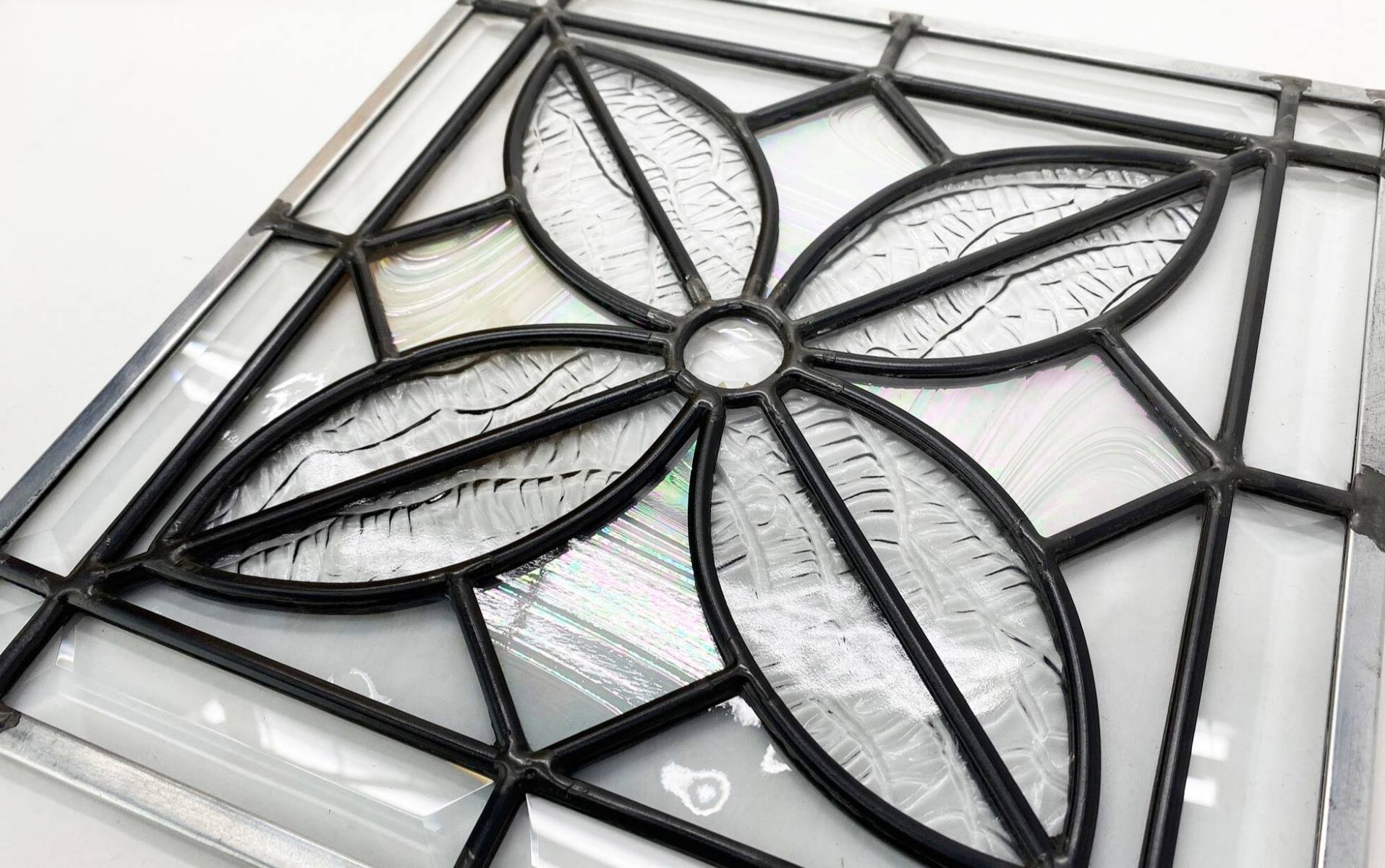

Interior Design Trends
What Is Another Name For The Strips That Join The Glass Together?
Modified: February 18, 2024
Discover the latest interior design trends and learn about the strips that join glass together. Explore innovative ideas for your interior design projects.
(Many of the links in this article redirect to a specific reviewed product. Your purchase of these products through affiliate links helps to generate commission for Storables.com, at no extra cost. Learn more)
Lead Came
Lead came, also known as lead caming, is a traditional technique used in stained glass art and window construction. It refers to the strips of lead that are used to join individual pieces of glass together, creating a cohesive and structurally sound panel. This method has been employed for centuries and continues to be a popular choice for artisans and craftsmen due to its durability and versatility.
Read more: How To Join 2 Curtains Together
Characteristics and Application
Lead came is characterized by its malleability, which allows artisans to bend and shape it to fit the contours of the glass pieces. This flexibility makes it an ideal choice for creating intricate designs and patterns, as it can accommodate the varying shapes and sizes of the glass elements. Additionally, lead came provides a strong and secure framework for the glass, ensuring that the individual pieces are held firmly in place.
Construction Process
The process of using lead came involves carefully cutting and fitting the lead strips around the edges of each glass piece. Artisans meticulously measure and cut the lead to the required lengths before soldering the joints to create a seamless and sturdy bond. This meticulous craftsmanship is essential for ensuring the structural integrity and visual appeal of the finished stained glass panel.
Aesthetic Appeal
In addition to its functional properties, lead came also contributes to the aesthetic appeal of stained glass art. The dark, metallic appearance of the lead can complement and enhance the colors and textures of the glass, adding depth and definition to the overall design. Furthermore, the slender lines of lead came can create striking visual contrasts and delineate the individual elements of the artwork.
Preservation and Restoration
Lead came is also integral to the preservation and restoration of historical stained glass windows. When these windows undergo restoration, skilled artisans often utilize lead came to replace damaged or deteriorated sections, ensuring that the original design and structural integrity are maintained.
Read more: How To Join Two Gable Roofs Together
Environmental Considerations
It is important to note that while lead came has been a staple in stained glass construction, there are environmental considerations associated with its use. Due to the potential health risks posed by lead, proper precautions must be taken during the handling and disposal of lead came to minimize any adverse impact on the environment and human health.
In summary, lead came plays a pivotal role in the creation, preservation, and restoration of stained glass art and windows. Its unique properties, including malleability, strength, and aesthetic appeal, make it a timeless choice for artisans seeking to bring their creative visions to life through the art of stained glass.
Key Takeaways:
- Lead came and copper foil are two popular techniques for joining glass in stained glass art. Lead came is durable and versatile, while copper foil allows for intricate and detailed designs.
- Solder and zinc came are essential for creating and preserving stained glass panels. Solder bonds glass pieces together, while zinc came offers durability and a contemporary aesthetic.
Copper Foil
Copper foil, an alternative to lead came, is a widely used material in the construction of stained glass panels. This technique, known as the copper foil method, offers distinct advantages and is favored by many artisans for its unique characteristics and applications.
Read more: How To Join 2 Curtains Together
Characteristics and Application
Copper foil is a thin, adhesive-backed tape made of copper that is used to wrap around the edges of individual glass pieces. Unlike lead came, which requires bending and shaping to fit the glass contours, copper foil allows for a more intricate and detailed construction process. Its flexibility enables artisans to create precise and delicate designs, making it particularly suitable for projects with intricate patterns and small glass pieces.
Construction Process
The process of using copper foil involves meticulously wrapping the edges of each glass piece with the copper tape. Artisans carefully apply flux to the copper foil, which helps the solder adhere to the metal surface. The soldering process then joins the pieces together, creating a secure and visually seamless bond. This method allows for greater precision and intricacy in design, as the thinness of the copper foil enables artisans to achieve finer details and smoother lines.
Aesthetic Appeal
Copper foil contributes to the aesthetic appeal of stained glass art in distinct ways. Its thin profile allows for a more delicate and refined look, enhancing the overall visual impact of the artwork. Additionally, the copper color of the foil can complement the hues of the glass, adding warmth and depth to the finished piece. The solder lines in copper foil construction are often smoother and less conspicuous than those in lead came, resulting in a different visual effect that appeals to many artists and enthusiasts.
Versatility and Modern Applications
In addition to its traditional use in stained glass art, copper foil has found applications in contemporary glasswork and artistic expressions. Its adaptability and ability to accommodate intricate designs have made it a popular choice for modern glass artists exploring innovative techniques and styles. From decorative panels to functional art pieces such as lampshades and suncatchers, copper foil continues to inspire creativity and experimentation in the realm of glass art.
Read more: How To Join Two Gable Roofs Together
Environmental Considerations
While copper foil offers numerous benefits in stained glass construction, it is important to consider the environmental impact of its use. Proper disposal and recycling of copper foil scraps and waste are essential to minimize its ecological footprint. Additionally, artisans should adhere to safety guidelines when handling flux and solder to ensure responsible and sustainable practices.
In summary, copper foil presents a versatile and artistically appealing alternative to lead came in stained glass construction. Its unique characteristics, including flexibility, precision, and aesthetic appeal, have cemented its status as a valuable and enduring technique in the realm of glass artistry.
Solder
Solder plays a crucial role in the construction of stained glass panels, serving as the bonding agent that joins the individual glass pieces together. Composed of a metal alloy with a low melting point, typically containing lead and tin, solder is applied along the seams of the glass to create a durable and cohesive structure. The process of soldering not only ensures the structural integrity of the stained glass panel but also contributes to its aesthetic appeal.
During the construction process, artisans carefully apply flux, a chemical cleaning agent, to the seams where the solder will be used. This flux removes any oxidation or impurities from the metal surface, allowing the solder to adhere effectively. The solder is then heated using a soldering iron, melting and flowing into the gaps between the glass pieces. As it cools and solidifies, the solder forms a strong and permanent bond, securing the glass elements in place.
In addition to its functional role, solder also contributes to the visual impact of stained glass art. The lines of solder create defining contours and outlines, enhancing the overall design and adding depth to the artwork. Artisans often use different techniques to manipulate the solder lines, creating varying textures and patterns that further enrich the aesthetic appeal of the finished piece.
Furthermore, the choice of solder can influence the appearance and longevity of the stained glass panel. While traditional solder contains lead, which provides excellent flow and adhesion properties, there is a growing emphasis on lead-free solder due to health and environmental concerns. Lead-free solder, typically made of tin, silver, and copper alloys, offers a safer alternative while still delivering strong and reliable bonding capabilities.
The art of soldering in stained glass construction requires precision, skill, and attention to detail. Artisans must ensure that the solder lines are smooth, even, and free from imperfections, contributing to the overall quality and craftsmanship of the finished panel. Additionally, proper ventilation and safety measures are essential when working with solder, particularly in the case of lead-containing alloys, to minimize health risks and ensure a safe working environment.
In summary, solder is a fundamental component in the creation of stained glass art, providing both structural support and aesthetic enhancement. Its ability to form secure bonds and define the visual elements of the artwork underscores its significance in the intricate and time-honored craft of stained glass construction.
Came H Channel
Came H channel, also known as H-channel came, is a specialized type of metal framing used in the construction of stained glass panels. This unique channel-shaped came provides a distinct method for securely holding and framing individual glass pieces within a stained glass panel. The "H" shape of the channel allows for the insertion of glass pieces on both sides, providing a secure and stable framework for the overall structure.
The construction process involving Came H channel requires precision and attention to detail. Artisans carefully cut the came to the required lengths and angles, ensuring a precise fit for each glass piece. The H-channel design allows for the insertion of the glass edges into the grooves on both sides, creating a snug and secure fit. Once the glass pieces are inserted into the channels, the joints are soldered to create a seamless and durable bond, ensuring the structural integrity of the stained glass panel.
One of the notable advantages of using Came H channel is its ability to provide a clean and uniform framing effect around the edges of the glass pieces. The channel's design allows for a consistent and professional-looking finish, enhancing the overall aesthetic appeal of the stained glass panel. Additionally, the secure grip provided by the H-channel design ensures that the glass pieces remain firmly in place, even in areas of the panel where lead came or copper foil may not be suitable.
Came H channel offers versatility in design and construction, allowing artisans to explore unique framing techniques and create visually striking compositions. The clean lines and defined edges produced by the H-channel framing can add a contemporary and polished touch to stained glass artwork, making it a preferred choice for modern and innovative designs.
Furthermore, the use of Came H channel in stained glass construction underscores the importance of adaptability and creativity within the craft. Artisans can experiment with different combinations of framing techniques, incorporating H-channel framing alongside traditional lead came or copper foil methods to achieve diverse visual effects and structural variations in their artwork.
In summary, Came H channel represents a specialized and versatile approach to framing and securing glass pieces in stained glass construction. Its unique design, precision fit, and aesthetic benefits make it a valuable option for artisans seeking to explore innovative framing techniques and enhance the visual impact of their stained glass panels.
Zinc Came
Zinc came, also referred to as zinc caming, is a notable alternative to traditional lead came in the construction of stained glass panels. This specialized material offers unique characteristics and benefits, making it a preferred choice for artisans and craftsmen seeking versatility and durability in their stained glass projects.
Characterized by its sturdy and corrosion-resistant properties, zinc came provides a reliable framework for joining individual glass pieces within a stained glass panel. The use of zinc came in stained glass construction offers a distinct advantage in environments where lead may not be suitable or where specific structural requirements need to be met. Its resilience to corrosion makes it particularly well-suited for exterior applications, ensuring the longevity and durability of stained glass windows and panels exposed to varying weather conditions.
The construction process involving zinc came shares similarities with traditional lead came techniques, as artisans carefully cut and fit the zinc strips around the edges of the glass pieces. The malleability of zinc allows for precise shaping and fitting, enabling artisans to create intricate designs and patterns with ease. Once the zinc came is in place, the joints are soldered to create a secure and seamless bond, ensuring the structural integrity of the stained glass panel.
In addition to its functional properties, zinc came contributes to the aesthetic appeal of stained glass art. The silvery-gray appearance of zinc can complement a wide range of glass colors and textures, adding a contemporary and sleek visual element to the artwork. The use of zinc came can also create striking contrasts and visual effects, enhancing the overall design and impact of the stained glass panel.
Furthermore, the environmental considerations associated with zinc came make it a favorable choice for sustainable stained glass construction. As an alternative to lead, zinc came offers a safer and eco-friendly option, aligning with modern practices and regulations focused on minimizing environmental impact and promoting health-conscious approaches to art and craftsmanship.
In summary, zinc came represents a valuable and versatile material in the realm of stained glass construction. Its durability, corrosion resistance, and aesthetic contributions make it an appealing choice for artisans seeking to explore innovative and sustainable techniques in the creation of timeless stained glass art.
Frequently Asked Questions about What Is Another Name For The Strips That Join The Glass Together?
Was this page helpful?
At Storables.com, we guarantee accurate and reliable information. Our content, validated by Expert Board Contributors, is crafted following stringent Editorial Policies. We're committed to providing you with well-researched, expert-backed insights for all your informational needs.

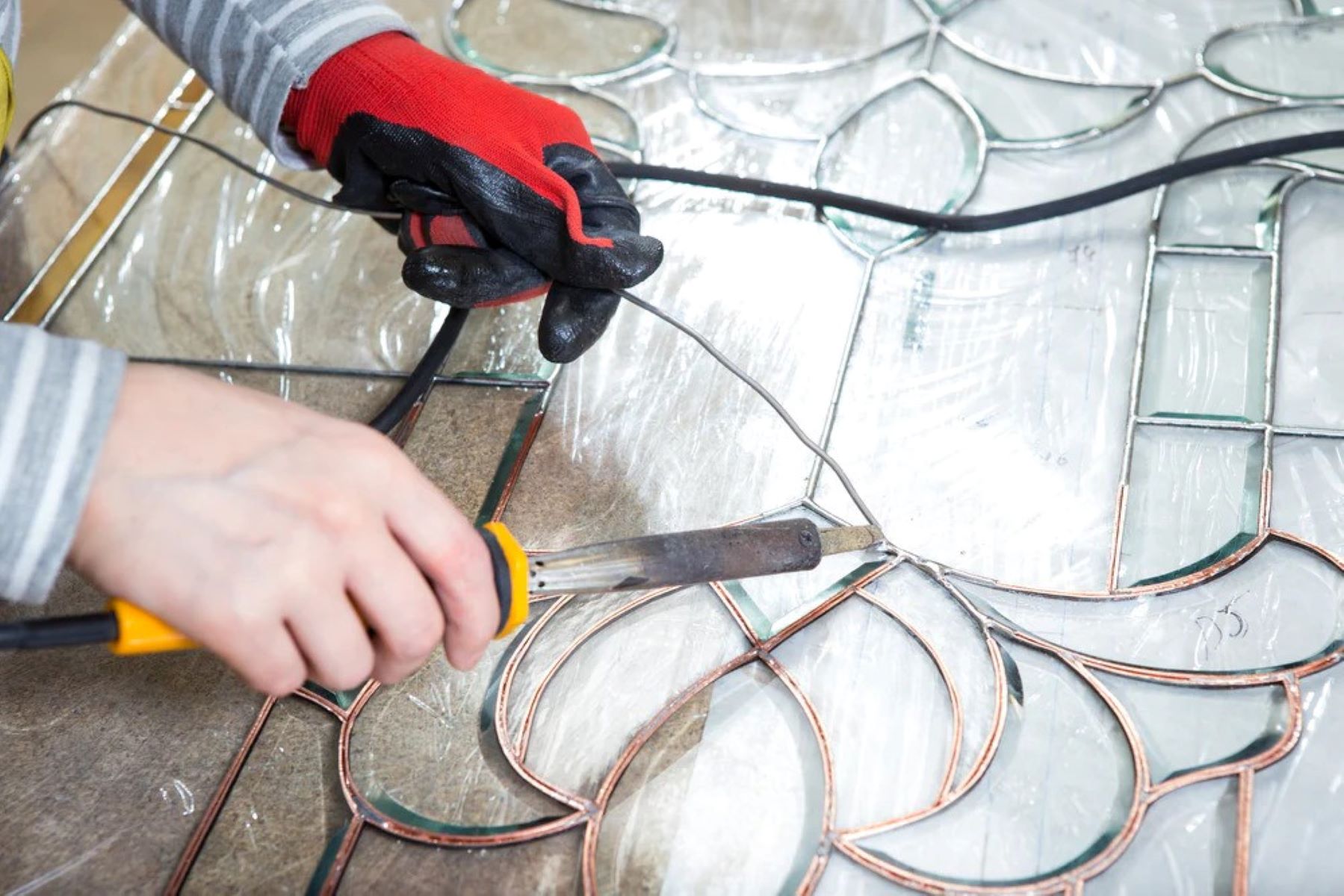
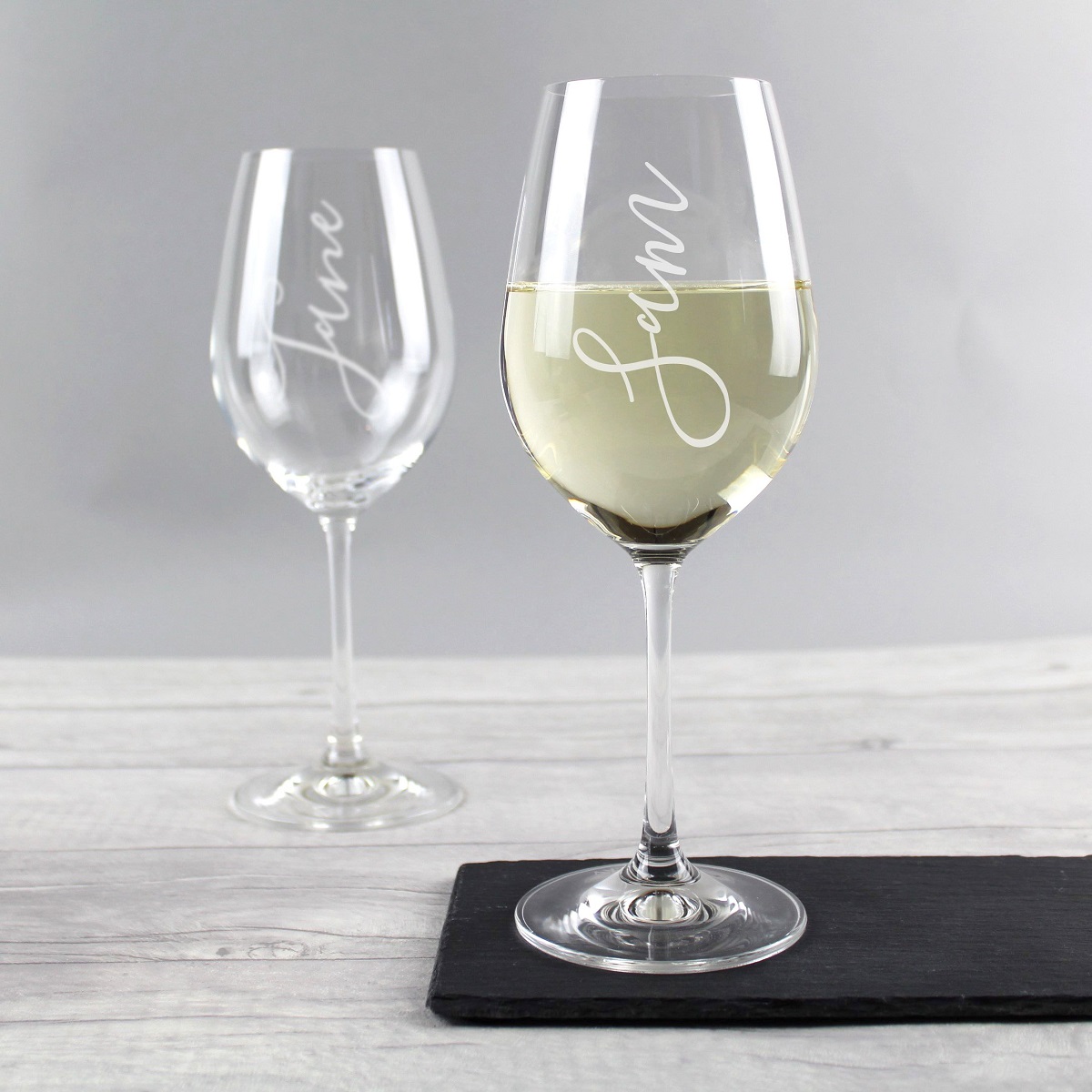
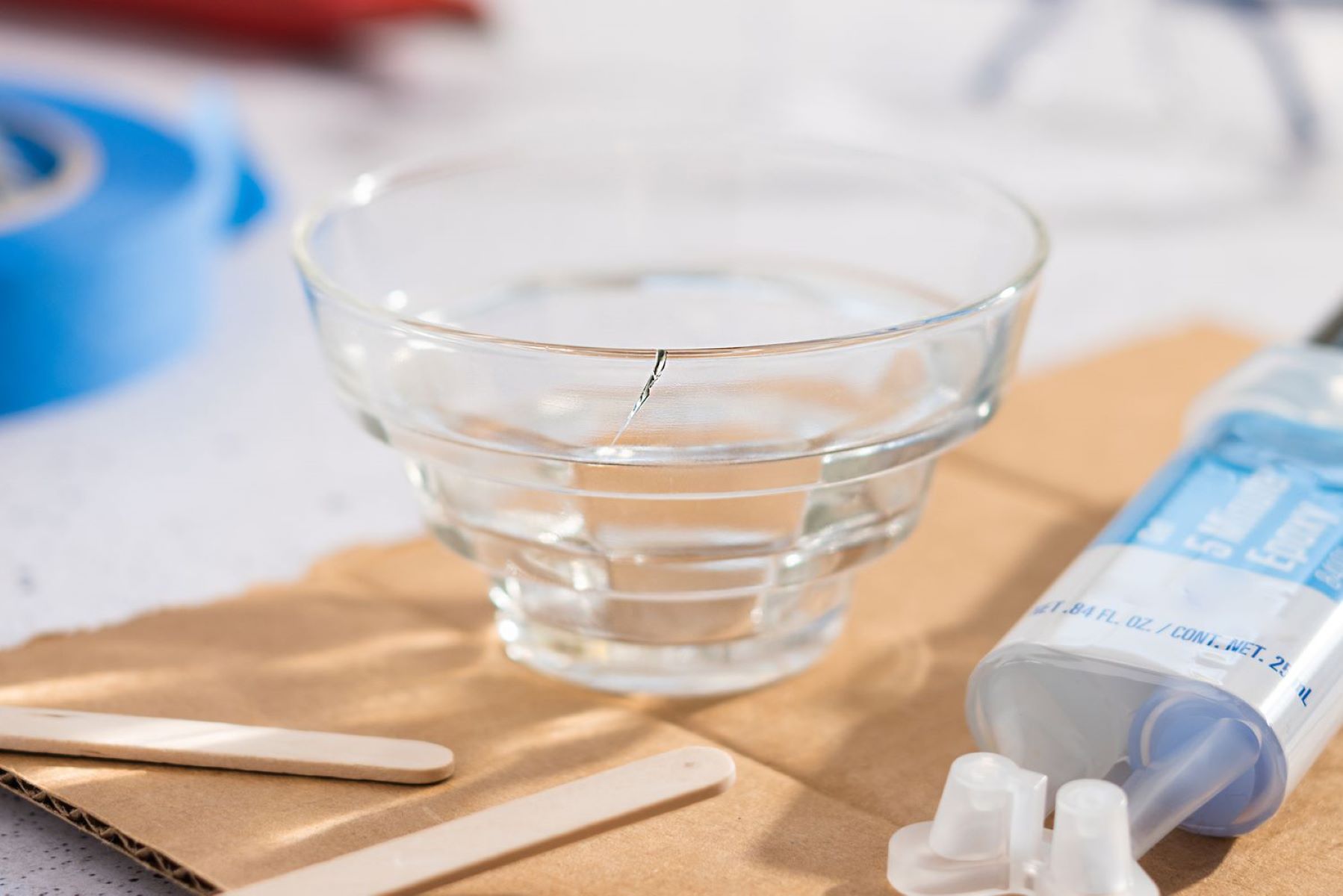

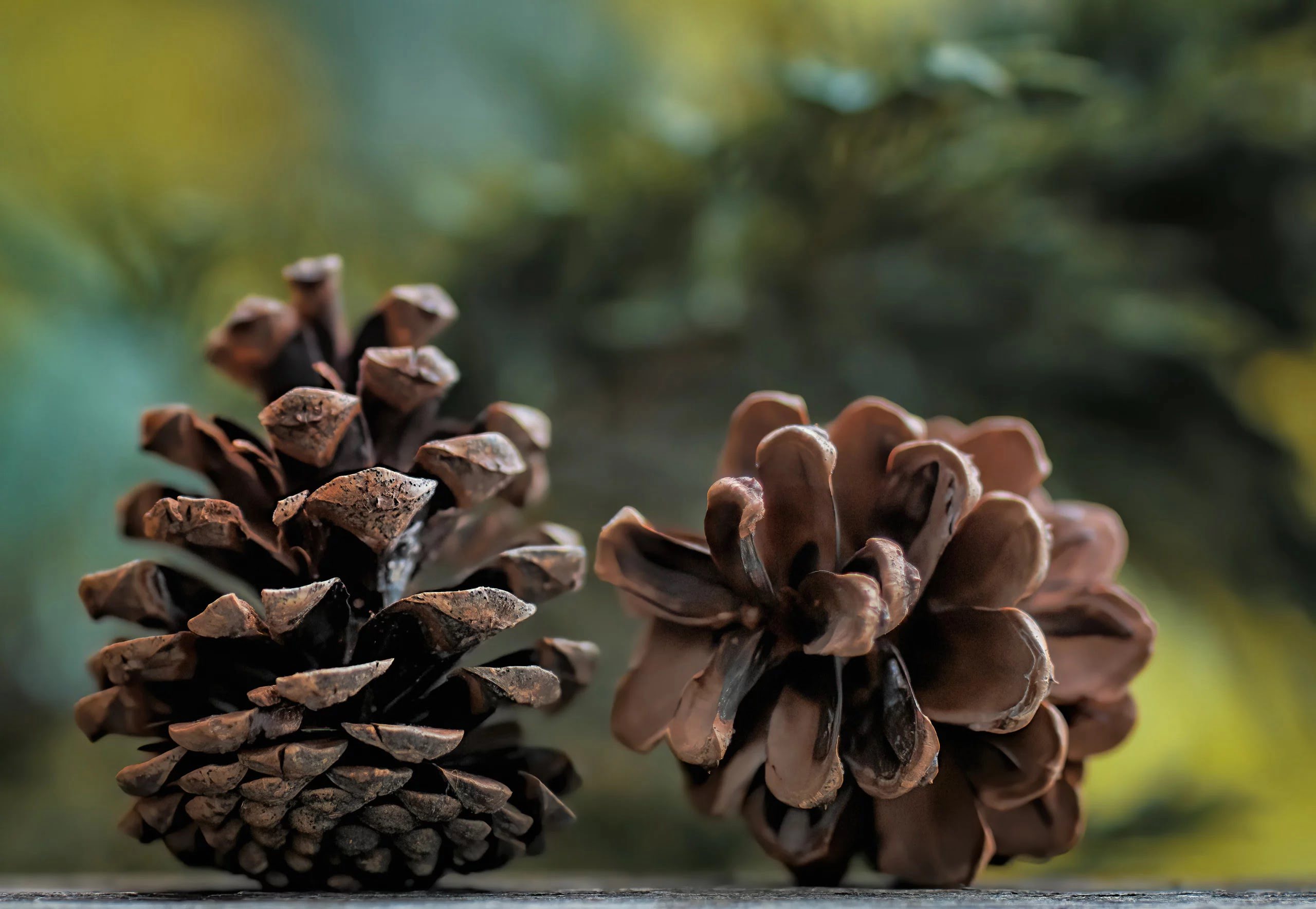

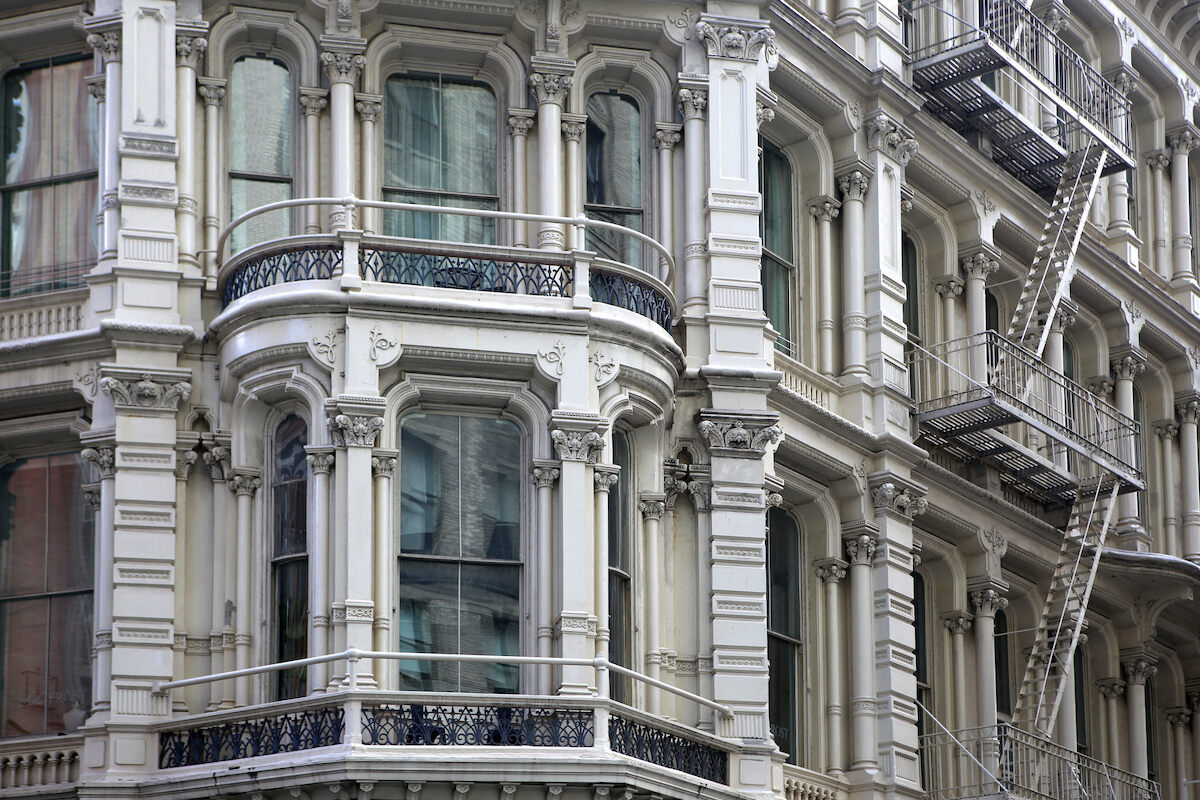
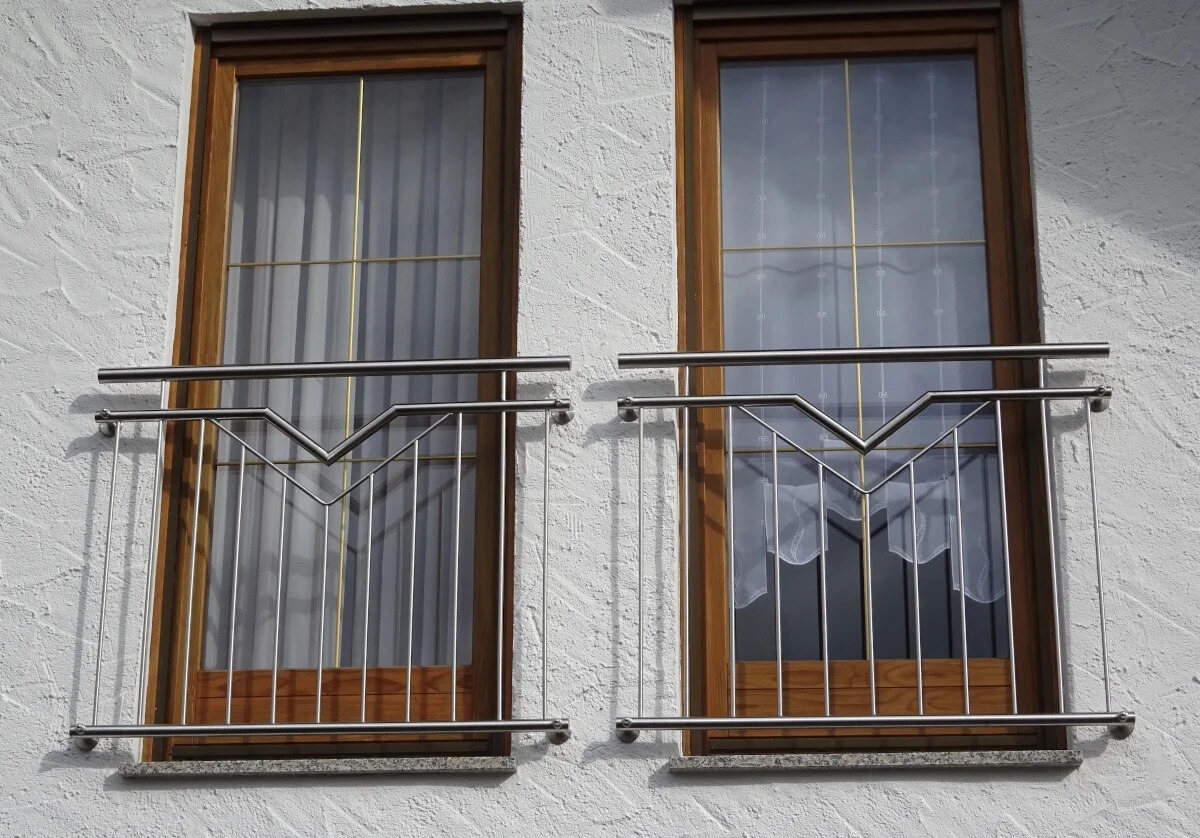
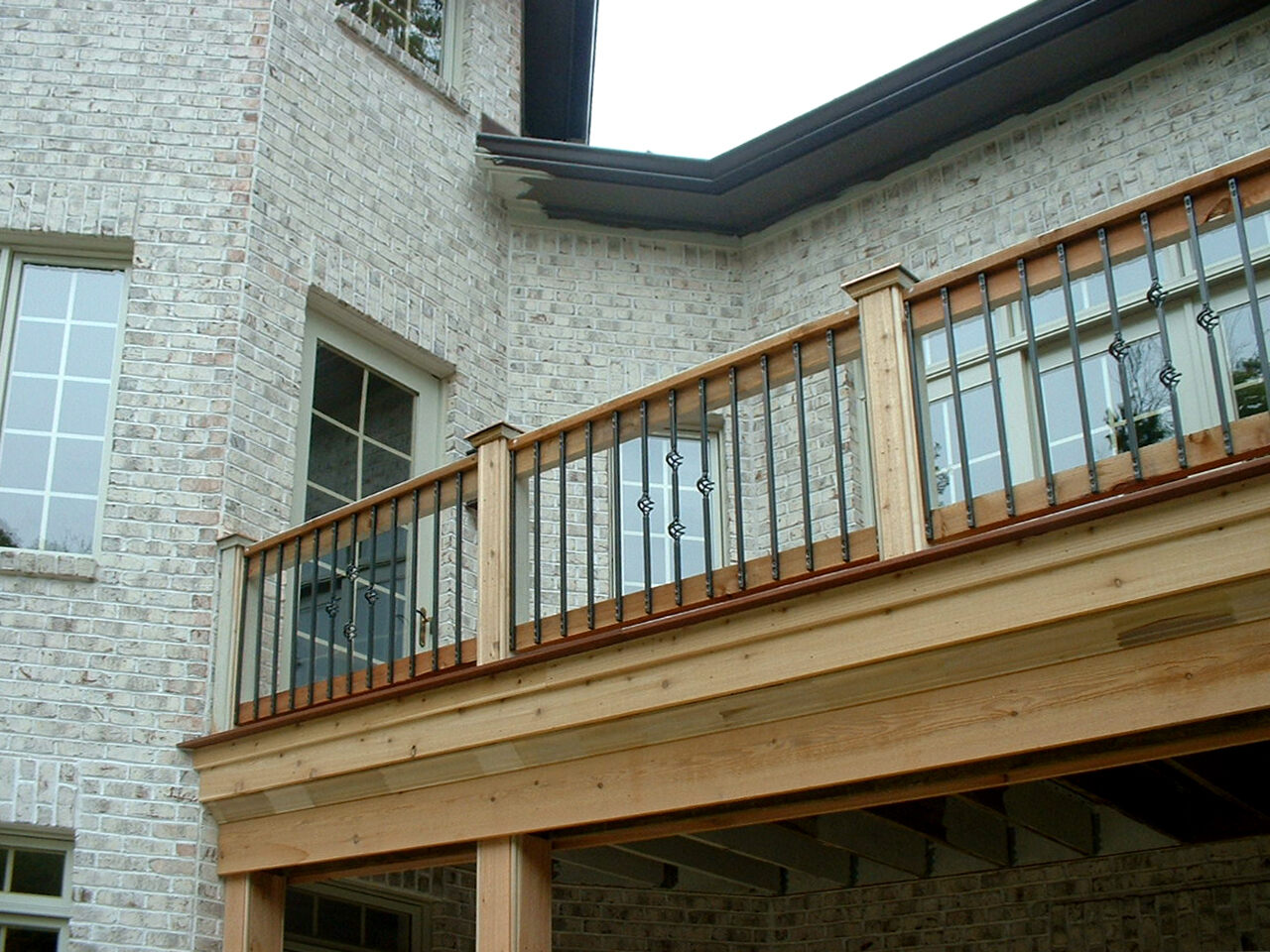
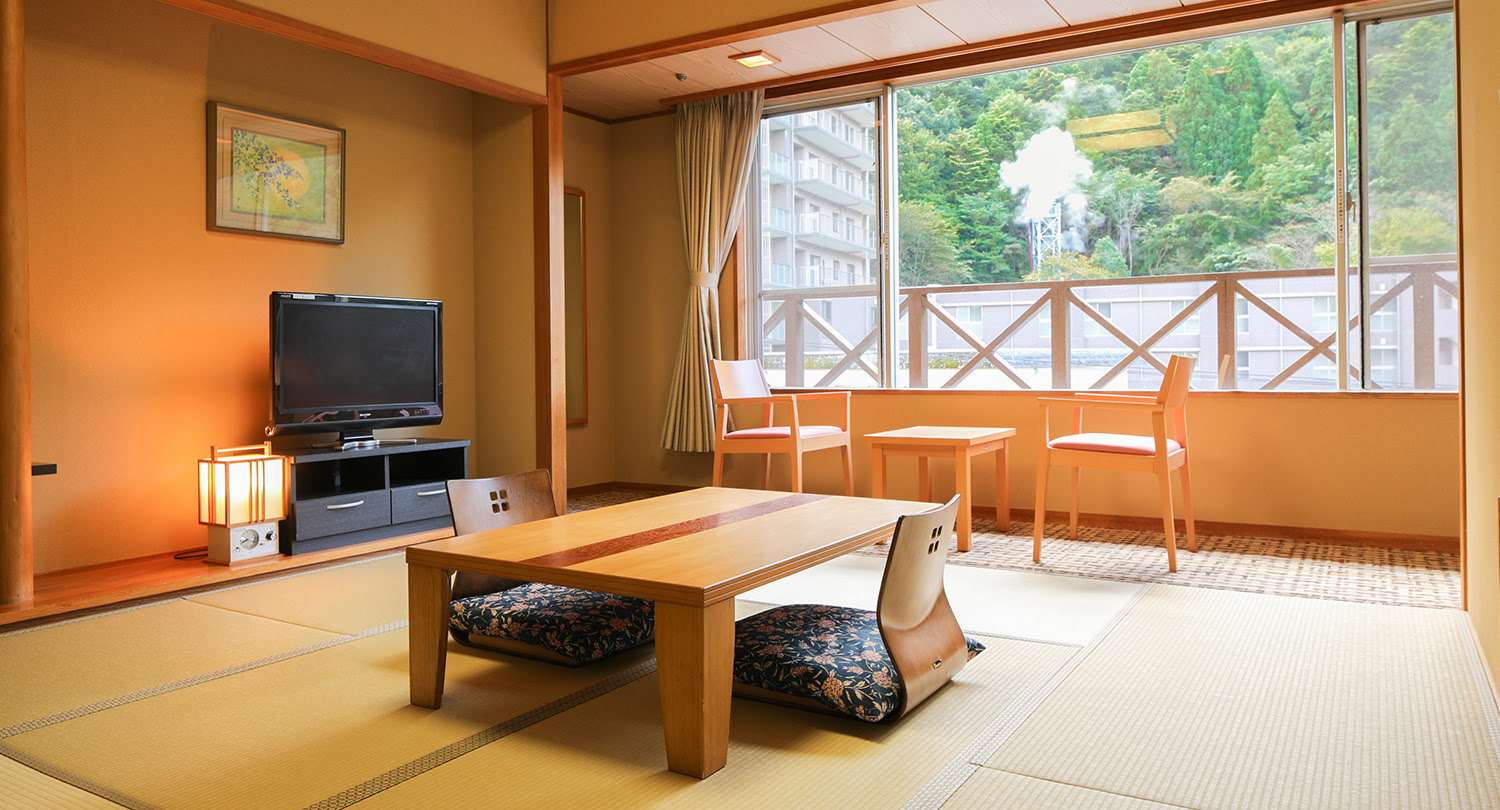


0 thoughts on “What Is Another Name For The Strips That Join The Glass Together?”